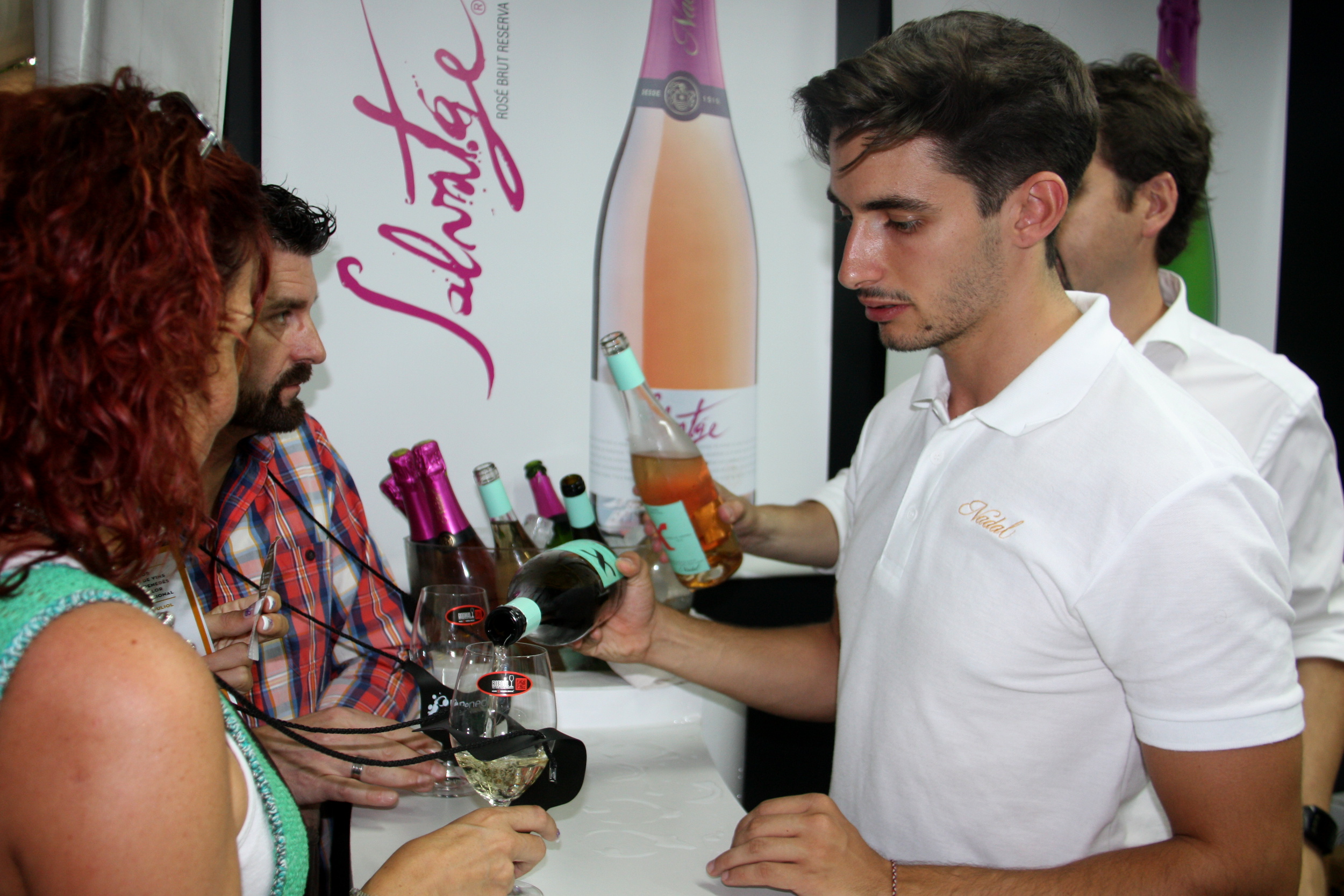Uruguay to learn from Catalan wine expertise
The Museum of Wine Culture of Catalonia (VINSEUM) is exporting the enotourism model of its Penedès region to the Uruguayan towns of Montevideo and Canelones. The museum is coordinating a collaboration project with these Latin American cities in order to boost their wine industry. The strategy is to mirror the steps taken by cellars in Catalonia’s Penedès region, one of the oldest and most renowned wine-producing regions in the Iberian Peninsula, especially well-known for Cava, a Catalan sparkling wine. The project, which includes visits by Uruguayan producers to Catalonia, is also an opportunity for the Penedès region to boost its reputation in Latin America.

Vilafranca del Penedès (CNA).- The Museum of Wine Culture of Catalonia (VINSEUM) is exporting the enotourism model of its Penedès region to the Uruguayan towns of Montevideo and Canelones. The museum is coordinating a collaboration project with these Latin American cities in order to boost their wine industry. The strategy aims to mirror the steps taken by cellars in Catalonia’s Penedès region. The area is one of the oldest and most renowned wine-producing regions in the Iberian Peninsula, and is especially well-known for Cava, a Catalan sparkling wine.
The model that VINSEUM is exporting combines public and private management to help boost demand for enotourism activities and, therefore, wine sales. The director of VINSEUM, Xavier Fornos, told the CNA that up until a few years ago, promotion in the Penedès region was done individually by every cellar – which was inefficient. That is exactly what happens currently in Uruguay where, he said, about thirty cellars push forward their own “individual initiatives” but fail to “promote the whole region”.
Fornos is therefore recommending Uruguayan producers to design a strategy of “shared promotion of the country as a place of wine tradition”. Cellars and producers should agree on the best way forward, and work together with the public administration to give “prestige” to their area, he added.
Indeed, this is what the Penedès region has done in the last few years. The area, between the Catalan capital Barcelona and the southern city of Tarragona, is a privileged territory for winegrowing, with incomparable settings between the Mediterranean Sea and the mountains. Wine from the area can be recognised by the DO Penedès label, which includes almost 200 wineries and about 4,000 wine producers.
Wineries and public administrations in the Penedès have tried to boost the industry by promoting enotourism activities and creating organisations such as the Consortium for the Promotion of Tourism in the Alt Penedès, which manages projects such as the Penedès Wine Tourism, aimed at introducing people to the region, its culture, its heritage and, of course, its wine. The Penedès was also the first region in Spain to organise Wine and Cava Routes, back in 1997.
Indeed, the promoter of the collaboration with Uruguay, the Museum of Wine Culture of Catalonia, in Vilafranca del Penedès, is in itself an example of the promotion of wine tradition in the region. Constituted originally as an association back in 1935, the VINSEUM includes archives and information about the region, and also promotes events such as the MOST Penedès Wine & Cava International Film Festival.
The collaboration between VINSEUM and Uruguay includes trips by Uruguayan producers to Catalonia. Some of them have already visited the area and attended activities such as the Vijazz, an event that combines jazz music with wine tasting. Similarly, an expert from the Penedès region will go to Uruguay in the near future to analyse the market and suggest strategies to go forward. According to the director of VINSEUM, all this will help the Catalan region to become better known in Uruguay but also to start exploring “other realities” such as the great producers of “Argentina, Chile or even Brazil”.